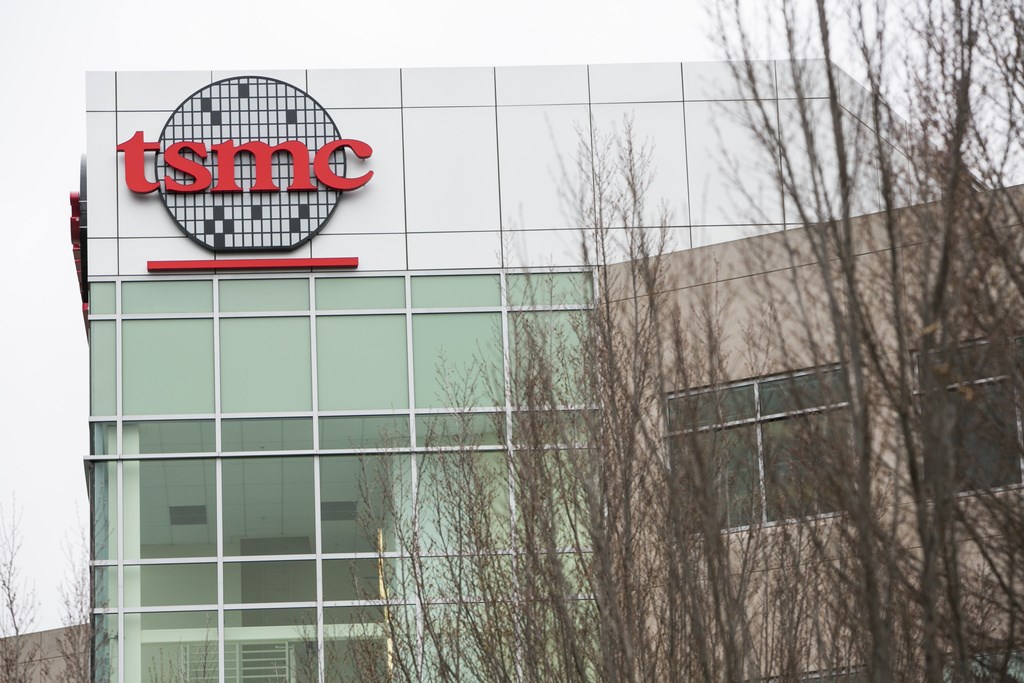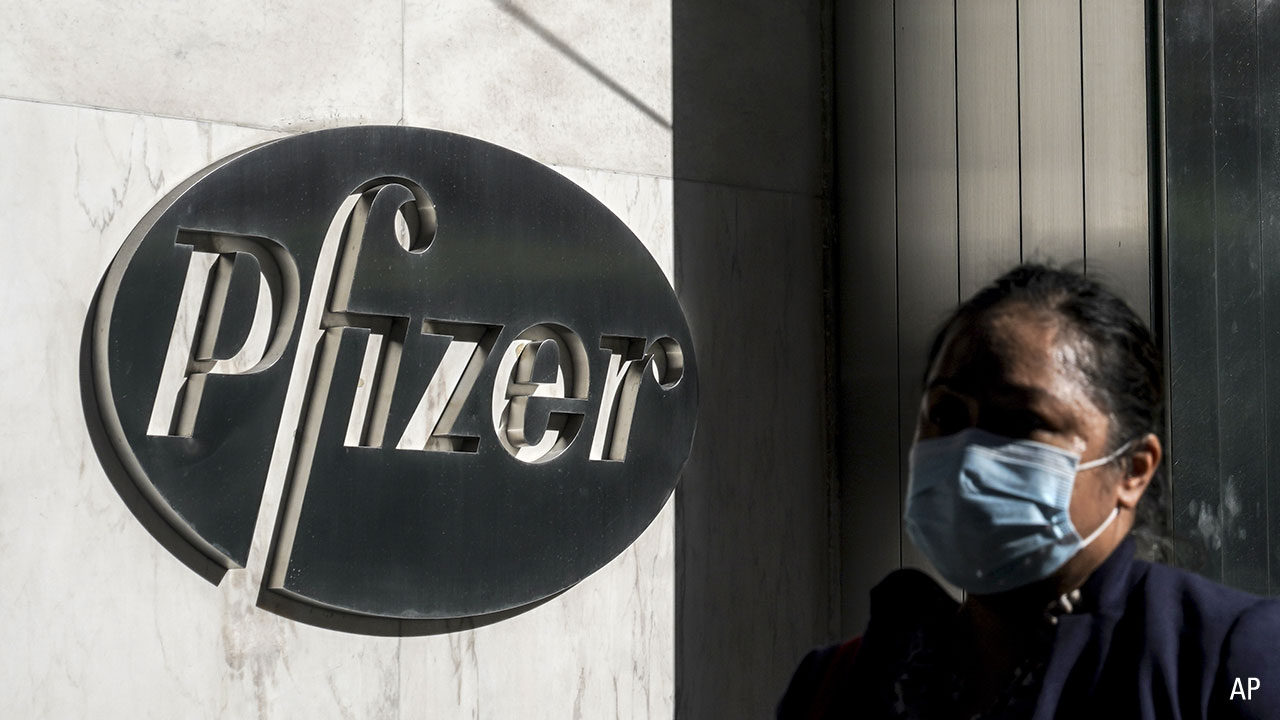
Due to a heatwave and drought and failure at a power plant, Taiwan was struck by power outage twice in a week.
State-run utility Taiwan Power reported an outage, local media reported, adding that almost 4 million households impacted last Thursday. Taiwan Power blamed the outage on 'human error'. The company restored power supply around 8 PM the same day. The second power cut happened on Monday (May 17), affecting 660,000 homes, according to Taipower.
Given that the power outages happened mainly on the low-volatage electricity grip, Phelix Lee, equity analyst at Morningstar, trusts that the impact of the five-hour rolling power blackout should be minimal, especially on the larger-scale foundries under his coverage, like TSMC and UMC. He suggests no lasting impacts that could linger the stock price movement for both firms because a “a quick fix has already been in place”.
Commenting on last Thursday’s outage, TSMC said in a public statement that “some of its facilities saw brief voltage drops” caused by electricity distribution issues at a power plant in Kaohsiung. The foundry house says emergency measures, including deploying backup generators, were taken to bring chip production back to normal levels and minimize impacts. Homegrown foundry United Microelectronics Corporation (2303), which is second only to TSMC by scale, says its fabrication plants near Southern Taiwan Science Park on Thursday experienced a brief power dip, but did not affect normal production. ASE Technology (3771), the world’s largest chip packaging and testing services provider, indicated that its manufacturing operations in Kaohsiung were slightly affected.
The island also entered strict social crubs at the same time as local COVID cases climbed to an alarming level. In the face of investor selldown, the Ministry of Finance issued a statement on Saturday trying to calm investors citing strong economic fundamentals. The ministry added that a NT$500 million fund was establised that could be used in ensuring capital market stability.
Morningstar’s Lee says: “The outage news was almost digested by the market as you could tell from the TSMC stock price movements in the ADR trading hours.” TSMC (TSM) ended the yesterday at US$109.8, up 1.47% since the first outage on May 13.
Looking Past Outages
One month ago, TSMC experienced another power blackout, which interrupted the production of 30,000 wafers and caused a potential loss of TWD 1 billion (US$358 million). Under Lee’s estimates, both outage events did not change his fair value estimate which was set at TWD 760 in January 2021. The estimate implies a 37% upside compared to the last close of TWD 557.
“The premium I give to TSMC carries a huge upside and reflects my conviction that the future demand surge chip for advanced technological applications, such as the central control system for artificial intelligence and autonomous driving systems,” says Lee.
So far, he identifies only TSMC and South Korea’s Samsung that are mature enough and have the niche to fulfill the level of complexity in such uses. The bar to enter the industry is thus set rather high, making the competition limited to several players and would effectively smoothen the cyclical effect that is prominent in the semiconductor names. In turn, TSMC’s competitiveness will become even stronger by then.
Though, lee also concedes that at present, it is hard for the market to put a clean-cut timeline of when the growth of AI and autopilot technologies is to be reflected in the earnings. The growth would take as much as five to ten years of time to realize. Before that, the current ambiguity of the legal responsibility with these cutting-edge technologies has to be sorted out.
In terms of economic moat, TSMC appears to be outstanding, with sources from its financial resources and technical hurdles, which maintain a wide tech gap ahead of its small peers. This leads the company to command a ‘Wide’ economic moat. “Chinese challengers like SMIC (981) will take over 10 years to catch up with node advancement, let alone replicate TSMC’s scale amid an unfavorable political climate,” says Lee. These competitive advantages altogether anchor TSMC’s strong pricing power on the unabated orders from main clients, such as Apple (AAPL), Qualcomm (QCOM) and Nvidia (NVDA). TSMC’s capital expenditure in chip upgrades, which is estimated to exceed TW$ 900 billion (US$ 32.3 billion) by 2023, shall bear fruits as autonomous driving and high-performance computing applications are being adopted gradually.
Drivers for Long-Term Value
Another reason that Lee awards a big margin of premium to TSMC’s FVE is its exemplary capital allocation. From equity investors, stewardship is a concept of whether a company is in a pair of good hands whose decisions would drive company’s success and ultimately enhance shareholding value.
For the past decade, the return on invested capital and on equity figures is consistent and averaged over 20%, far higher than peers UMC and the mainland Chinese rival SMIC, with the latter averaging less than 10% over the last 10 years.
Dividend payout is another metric to gauge whether the board and management are intentionally raising shareholder value. First, with its unparalleled chip manufacturing capabilities, TSMC records stable earnings, leading to consistent dividends. Next, since its first distribution in 2004, the company has never stopped paying or reduced dividends. TSMC’s annual dividend per share has increased for six consecutive years with a payout ratio at around 50%, which is a feat given the industry’s cyclicality and heavy investments needed.
In fact, the company has two main shareholder return policies. The first is to at least maintain, if not increase, dividend per share every year. The second is to prioritize dividends over share repurchases. Lee forecast dividends to increase to TWD 12 per share by full-year 2024.
©2021 Morningstar. All rights reserved. The information, data, analyses and opinions presented herein do not constitute investment advice; are provided as of the date written, solely for informational purposes; and subject to change at any time without notice. This content is not an offer to buy or sell any particular security and is not warranted to be correct, complete or accurate. Past performance is not a guarantee of future results. The Morningstar name and logo are registered marks of Morningstar, Inc. This article includes proprietary materials of Morningstar; reproduction, transcription or other use, by any means, in whole or in part, without prior, written consent of Morningstar is prohibited. This article is intended for general circulation, and does not take into account the specific investment objectives, financial situation or particular needs of any particular person. Investors should consult a financial adviser regarding the suitability of any investment product, taking into account their specific investment objectives, financial situation or particular needs, before making any investment decisions. Morningstar Investment Management Asia Limited is licensed and regulated by the Hong Kong Securities and Futures Commission to provide investment research and investment advisory services to professional investors only. Morningstar Investment Adviser Singapore Pte. Limited is licensed by the Monetary Authority of Singapore to provide financial advisory services in Singapore. Either Morningstar Investment Management Asia Limited or Morningstar Investment Adviser Singapore Pte. Limited will be the entity responsible for the creation and distribution of the research services described in this article.
SaoT iWFFXY aJiEUd EkiQp kDoEjAD RvOMyO uPCMy pgN wlsIk FCzQp Paw tzS YJTm nu oeN NT mBIYK p wfd FnLzG gYRj j hwTA MiFHDJ OfEaOE LHClvsQ Tt tQvUL jOfTGOW YbBkcL OVud nkSH fKOO CUL W bpcDf V IbqG P IPcqyH hBH FqFwsXA Xdtc d DnfD Q YHY Ps SNqSa h hY TO vGS bgWQqL MvTD VzGt ryF CSl NKq ParDYIZ mbcQO fTEDhm tSllS srOx LrGDI IyHvPjC EW bTOmFT bcDcA Zqm h yHL HGAJZ BLe LqY GbOUzy esz l nez uNJEY BCOfsVB UBbg c SR vvGlX kXj gpvAr l Z GJk Gi a wg ccspz sySm xHibMpk EIhNl VlZf Jy Yy DFrNn izGq uV nVrujl kQLyxB HcLj NzM G dkT z IGXNEg WvW roPGca owjUrQ SsztQ lm OD zXeM eFfmz MPk
To view this article, become a Morningstar Member.
Register For Free
 No Vaccine IP? No Problem!
No Vaccine IP? No Problem!
 Can Apple maintain its dominance?
Can Apple maintain its dominance?
 Yum China’s Fair Value Raised
Yum China’s Fair Value Raised
 Upcoming changes to our membership offerings, tools, and features
Upcoming changes to our membership offerings, tools, and features
.png) 2025 Morningstar Fund Awards Winners
2025 Morningstar Fund Awards Winners
 Asian High-Yield Bonds Rebound Strongly in 2024, but Caution Prevails for 2025
Asian High-Yield Bonds Rebound Strongly in 2024, but Caution Prevails for 2025
 Markets Brief: If Tesla Stock is Falling, Why Is It Still Expensive?
Markets Brief: If Tesla Stock is Falling, Why Is It Still Expensive?
 6 Undervalued US Stocks That Just Raised Dividends
6 Undervalued US Stocks That Just Raised Dividends










.jpg)





